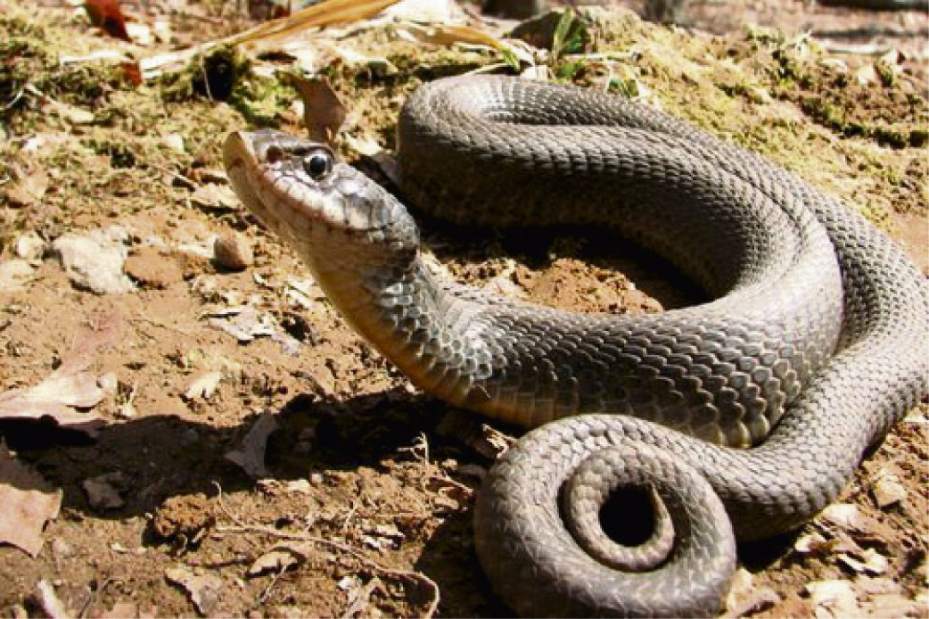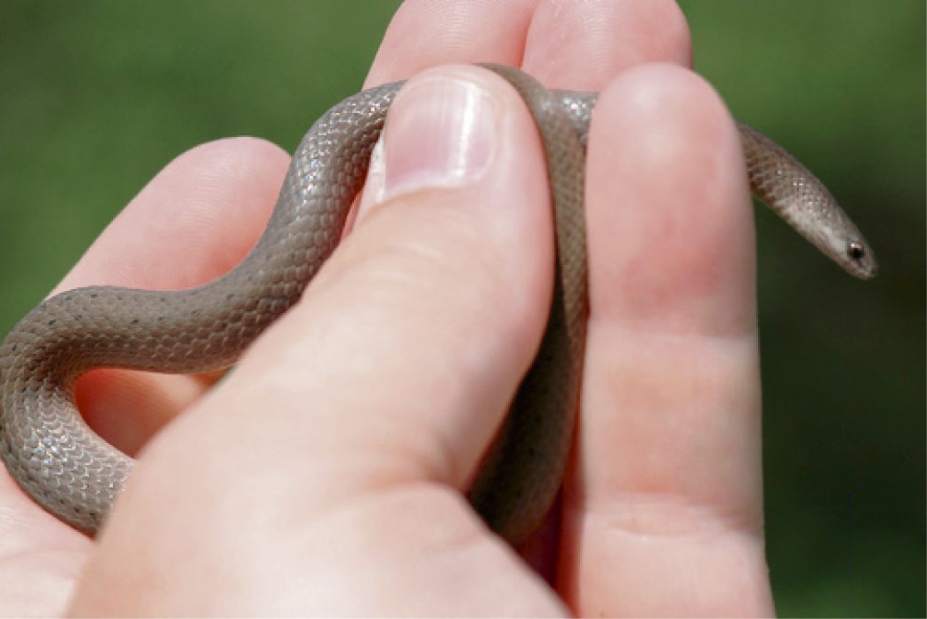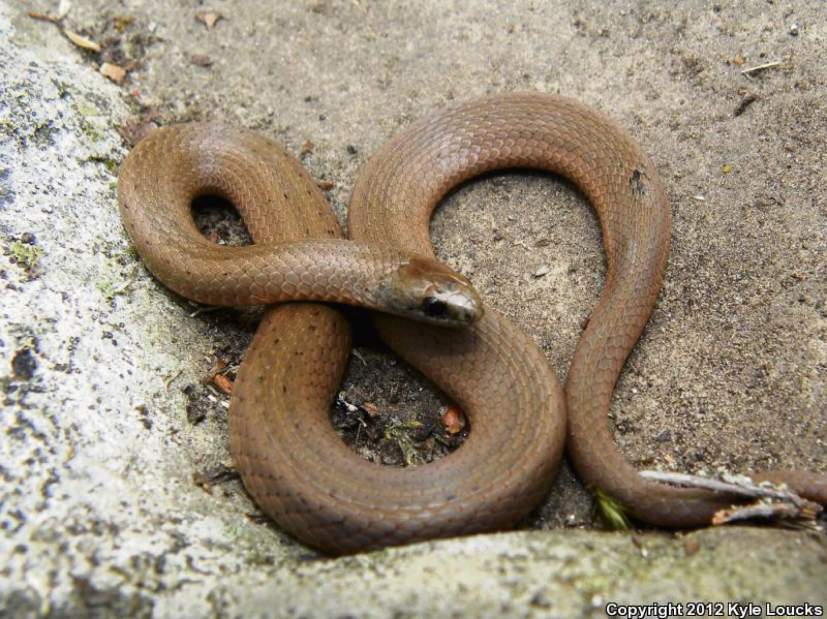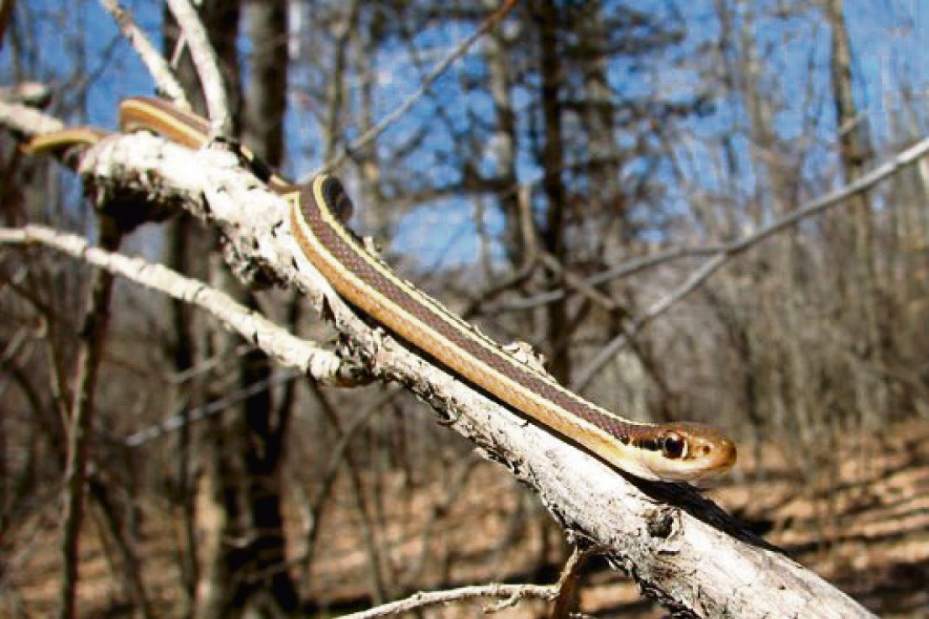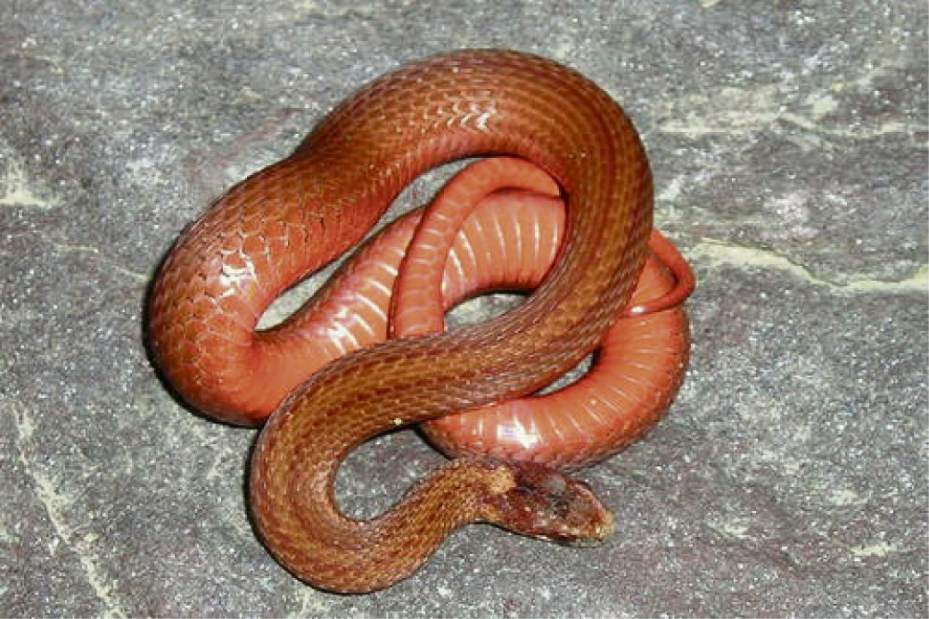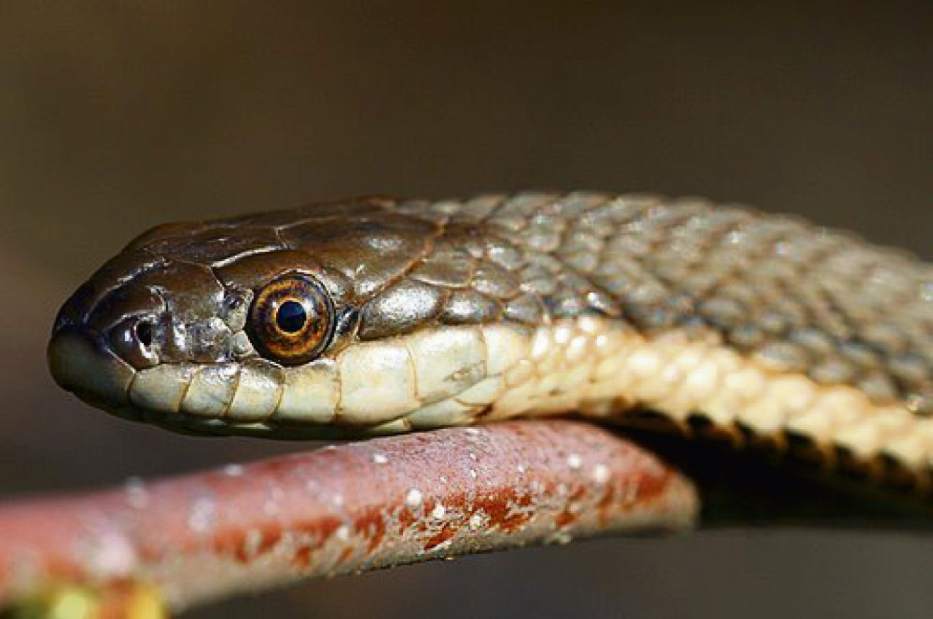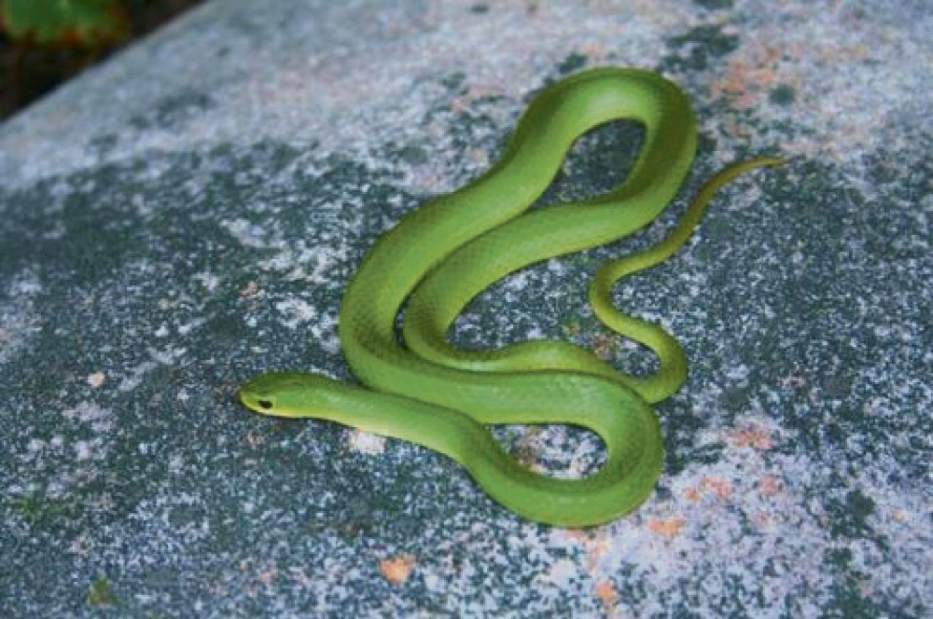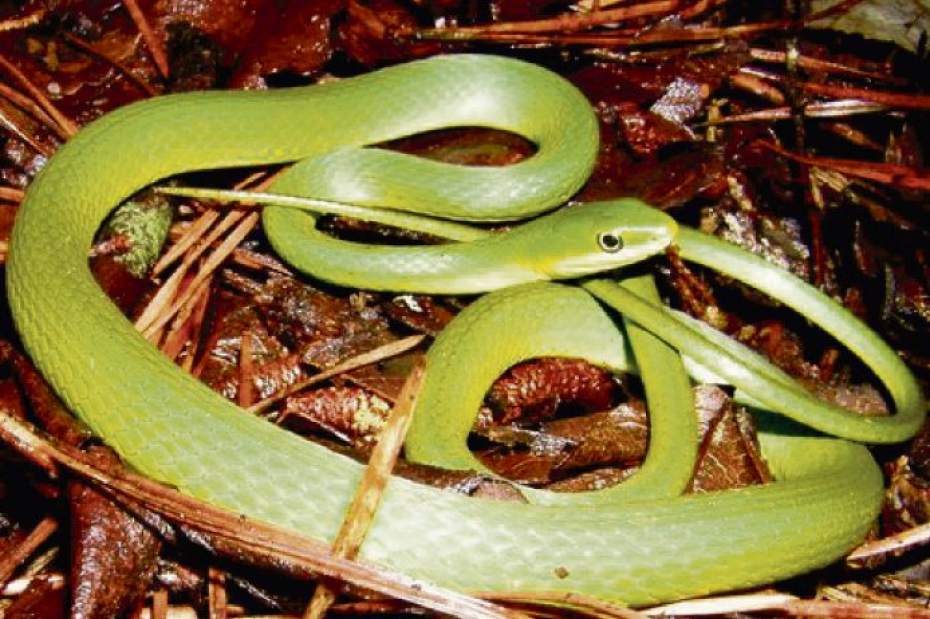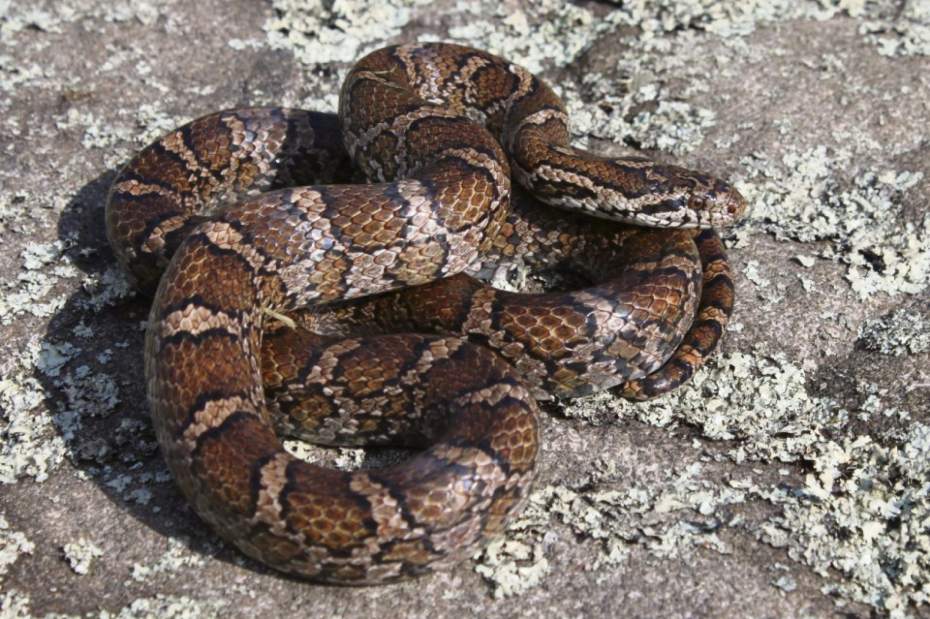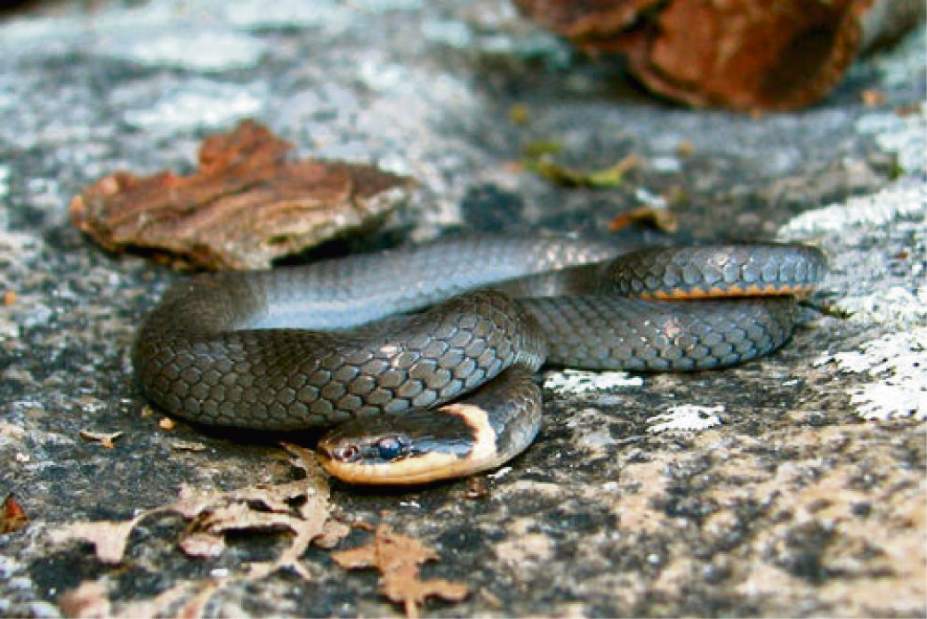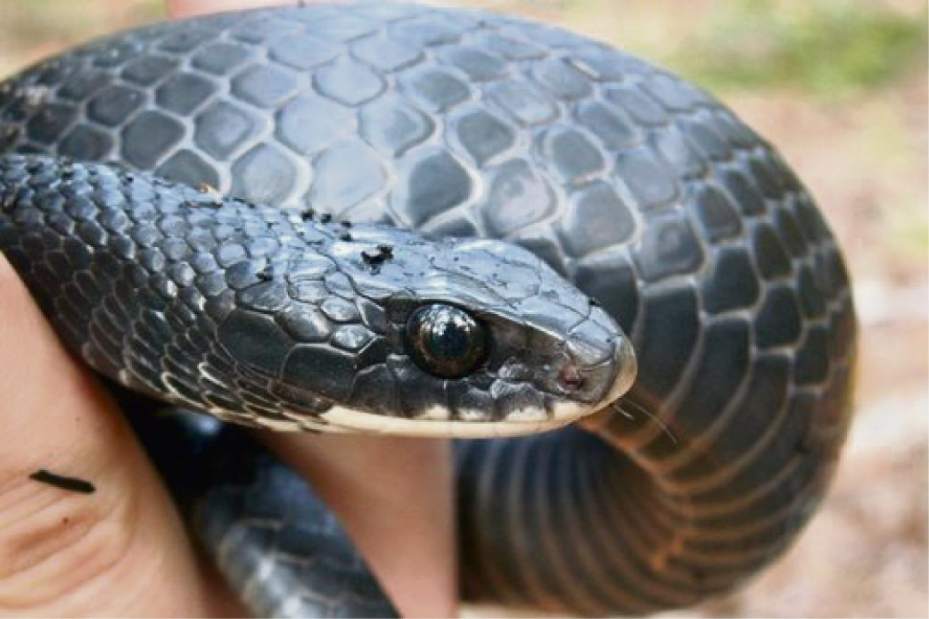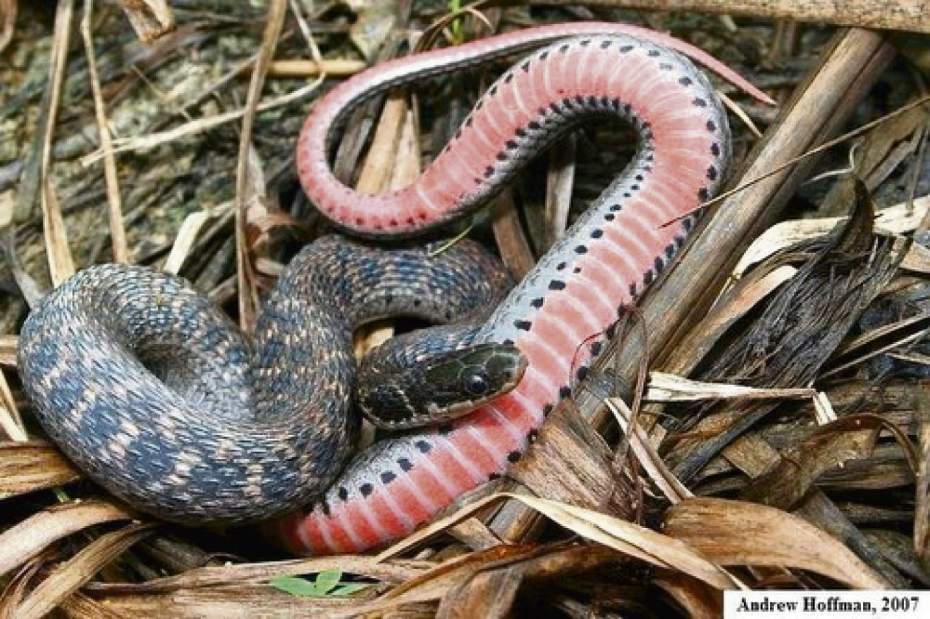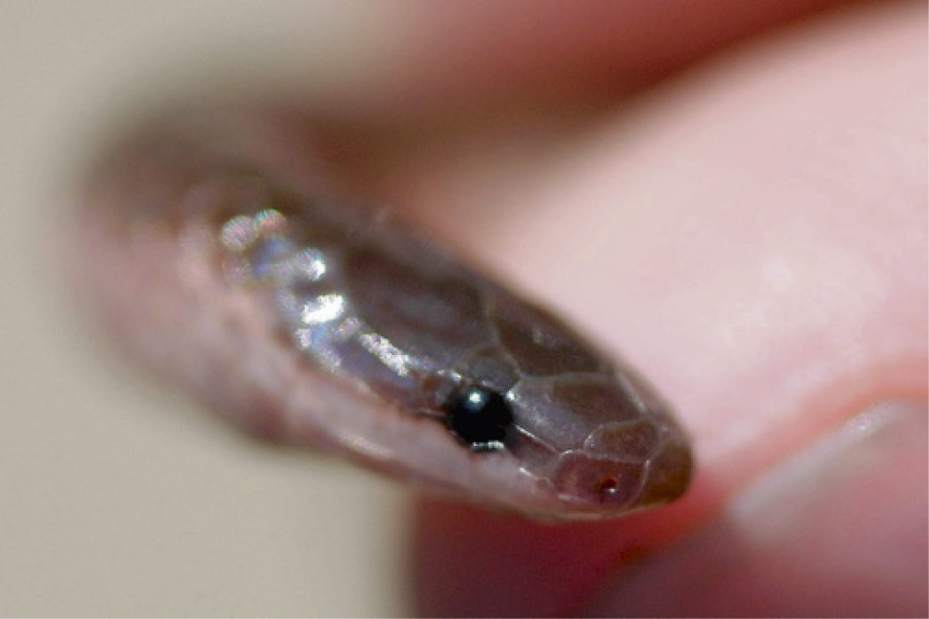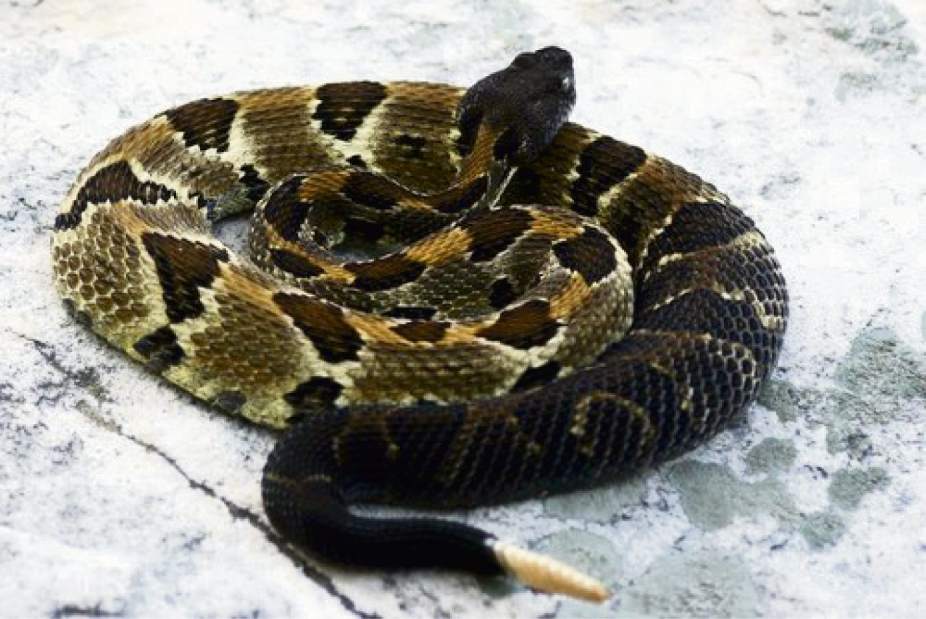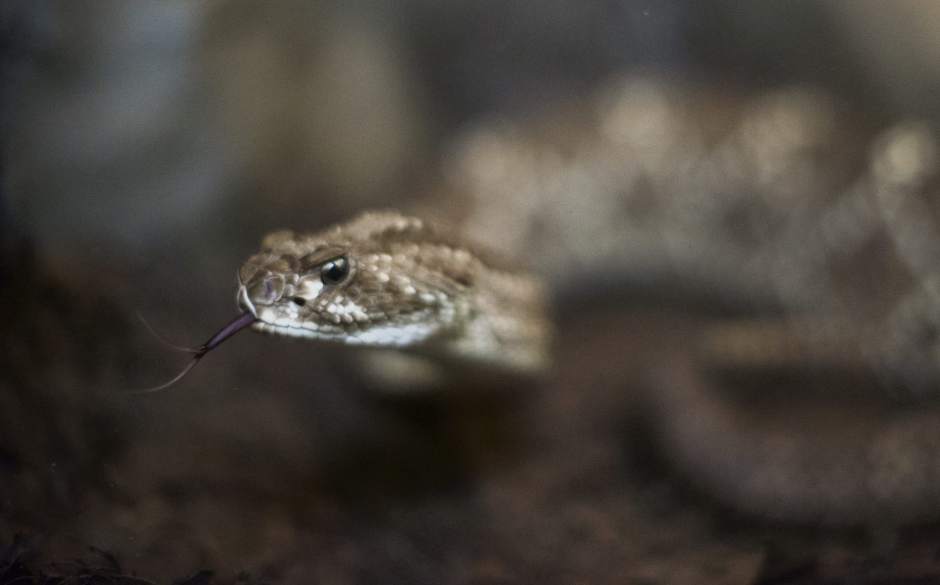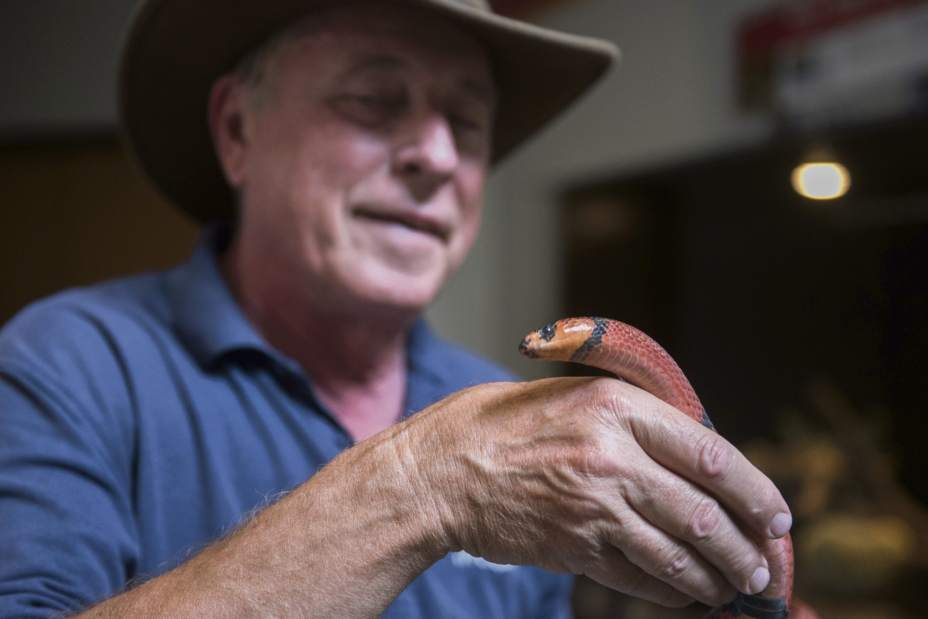Summertime brings more snake sightings as outdoor activities ramp up
“Snake! Snake!”
But the warning came too late.
Bicyclist Ben Kundman of Regent Square tried to alert his friend Tyler Opre of McCandless about the slithering black reptile ahead on the trail along the Great Allegheny Passage.
The two friends were about 20 miles into their 45-mile ride on June 23, which began at Point State Park in Pittsburgh.
“Ben saw it, and gave the warning, but I was on the path heading straight for it,” recalls Opre, as the two took a break to eat lunch on a rainy Friday at The Trailside in West Newton. “I didn't know what kind of snake it was, so naturally I assumed the worst, and with no time to analyze it, I lifted my legs up, because I thought it might bite me … and then I ran over it. … I felt bad. … I said, ‘Sorry, buddy.' ”
He added, “The thought of seeing a snake doesn't deter us from riding the trail. It's not uncommon to see them. They are part of nature.”
Summer is the time of year when you likely will spot more snakes, said Henry Kacprzyk, curator of Kids Kingdom and Reptiles at the Pittsburgh Zoo & PPG Aquarium in Highland Park. These serpents have been in hibernation underground in clusters — called hibernaculums — from October to mid-April. They surface because they are cold-blooded and seek warmth such as in spots along bike trails. They seek places to lounge, such as the middle of a pathway or on a pile of rocks.
You will probably notice more of the slithering reptiles as you head into the Fourth of July holiday if you spend the days outdoors biking, hiking and camping.
21 species in Pa.
Like Opre, most people aren't sure what kind of snakes they encounter, so they often fear the worst, said Kacprzyk.
The Regional Trail Corporation, Western Pennsylvania's trail organization, acquires, develops, manages and maintains appropriate trail and water corridors within southwestern Pennsylvania in partnership with local trail chapters and councils. It has a guide that teaches trail monitors about types of snakes and how to treat a snake bite.
There are 21 species of snakes in Pennsylvania, said Kacprzyk. Some aren't seen often. The most dangerous is the Timber Rattlesnake, the largest venomous snake in Pennsylvania, which can grow to 60 inches long and weigh up to 3 pounds. The snakes have arrow-shaped heads. Venom is a poisonous substance secreted by such snakes and typically injected into prey or aggressors by biting.
A snake that is coiled with its back against an object can strike out at two thirds its body length.
There are two colorations — shades of black or a more yellowish hue — of these reptiles, which live an average of 15 to 20 years.
All three venomous snakes native to the state are pit vipers. Two facial characteristics common to all pit vipers are vertically elliptical (like a cat's eyes in bright light) pupils and facial pits (indentations on the “cheeks” which aid in heat detection and locating prey). Facial pits are not found on non-venomous snakes native to the commonwealth.
In addition, rattlesnakes have rattles or the remnants of rattles beginning at the base of the tail. The northern copperhead has a single row of scales on the underside of the tail between the anal opening and the tip of the tail. Our non-venomous snakes have two rows of scales under the tail.
Respect snakes
A rattlesnake can still bite after it has died, so don't pick one up, said Kacprzyk.
If you cross paths with a venomous snake, back away and give it some room to move away, he said. The snake will move along when it feels it is not at risk.
The most common snake you will see is the non-venomous garter snake.
“Don't run over a snake if you can avoid it,” said Kacprzyk, who often handles snakes and has been bitten by some of them. “Snakes are not to be feared, but respected. Co-existence with wildlife can occur when we understand the animal. Fear and lack of knowledge of a species results in intolerance, and even extinction.”
Snakes serve a purpose, said Matthew Kauffman, waterways conservation officer for the Pennsylvania Fish & Boat Commission, covering northern Westmoreland County.
“I respect snakes, because they play such an important role in our environment,” he said. “When I was young, I killed a snake, and my dad had a talk with me about the importance of snakes. People who grew up around farmers appreciate snakes.”
You might see venomous snakes at state parks such as Ohiopyle, Linn Run and Laurel Highlands, Kauffman said. There is literature available at those sites about how to identify snakes. It's best to stay alert and stay away from them if you see them.
Water snakes, found near water, hence the name, can be aggressive, Kauffman said, even though they aren't venomous.
The bite will hurt, he said, and it can draw blood.
But most snakes are huge babies, Kauffman said. When people hear the word “snake” they often think of boa constrictors, but those aren't typically found in Pennsylvania, unless someone has one for a pet and releases it, Kauffman said.
“It is best to stay away from all snakes,” Kauffman said. “They don't want to mess with you any more than you want to handle them. It doesn't matter what species, any snake can bite when provoked.”
A lot of people think of snakes based on what they see on television, Kauffman said. But that's a stereotype. Snakes here aren't vicious.
“Mostly, the snake will do a false strike at you to scare you,” Kauffman said. “Don't shoot a snake if it's in or near your house. Call a professional to remove it, because there could be a loose fang that still contains venom. Someone could potentially step on that” and get venom.
Brandon Ruhe, president of the mid-Atlantic Center for Herpetology and Conservation in Oley, Pa., searches out and studies snakes. He is part of the Pennsylvania Herp Identification project, which is an educational tool for the public on the reptiles and amphibians found throughout Pennsylvania.
“If you see a snake, just back away, because they are more scared of you than you are of them, and they want to conserve venom,” Ruhe said. “They want to use venom as a means to get food, and they don't want to waste their venom, even though they have the ability to produce it continually.”
It is hard to quantify the number of snakes in Pennsylvania, but there could be millions, said Ruhe.
“Don't pick up a snake,” Ruhe said. “They are important. They eat rodents. They are harmless. A lot of the misconceptions about snakes are based on fear.”
JoAnne Klimovich Harrop is a Tribune-Review staff writer. Reach her at 724-853-5062 or jharrop@tribweb.com or via Twitter @Jharrop_Trib.

